Top 9 Rock Festivals
This week Classic Rock Review joins the celebration of the 45th Anniversary of the historic 1969 Woodstock Music Festival. In conjunction with Top 9 Lists, we present a list of the Top 9 […]

This week Classic Rock Review joins the celebration of the 45th Anniversary of the historic 1969 Woodstock Music Festival. In conjunction with Top 9 Lists, we present a list of the Top 9 […]
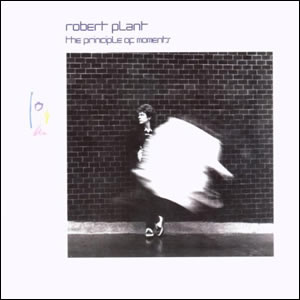
Buy The Principle of Moments The 1983 release of The Principle of Moments was the second solo album by Robert Plant, following the disbandment of Led Zeppelin in late 1980. The album follows […]

Buy The Lamb Lies Down on Broadway Perhaps the most “out there” album by Genesis as well as out Classic Rock Review Album of the Year, The Lamb Lies Down on Broadway, is […]
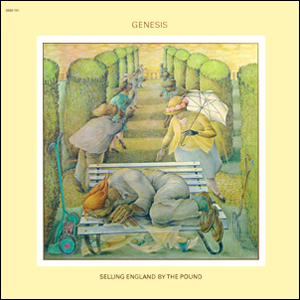
Buy Selling England by the Pound The classic lineup of Genesis was at their absolute peak musically and melodically on the 1973 album Selling England by the Pound. The band had a steady […]
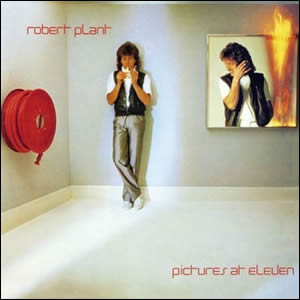
Buy Pictures at Eleven Pictures At Eleven was sweet relief for Zeppelin-starved fans still in shock over John Bonham’s death and the break up of Led Zepplin when it was released as Robert Plant‘s debut solo album […]
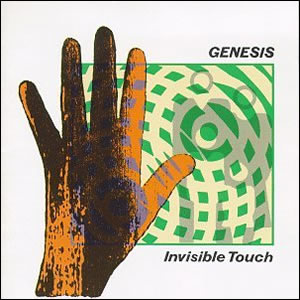
Buy Invisible Touch Genesis completed their full metamorphosis into a pure pop/rock outfit with 1986’s Invisible Touch, the top selling album of the group’s long career. The group’s thirteenth overall studio album, it […]
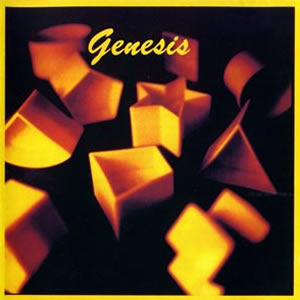
Buy Genesis Although it is titled like an eponymous debut, Genesis was actually the twelfth studio album by Genesis. The group decided to name it such because it is the first album on […]
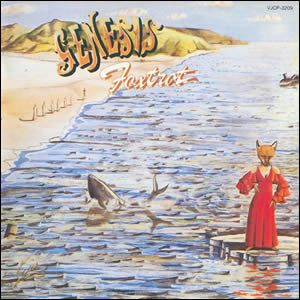
Buy Foxtrot After a couple albums of extreme experimentation in theatrical rock, Foxtrot is where it all came together for Genesis. This 1972 album was the first of three, in consecutive years, that […]
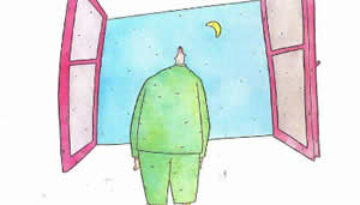
Buy Duke Duke was the tenth overall studio album by Genesis and their second since contracting to a trio. The album is made of twelve songs mainly composed by individual members of the […]
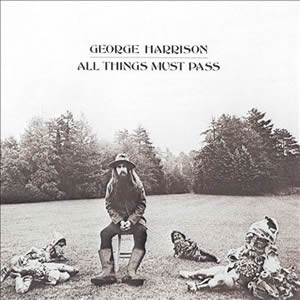
Buy All Things Must Pass We start our three part mini-series called “Life After Beatles” with All Things Must Pass, the triple LP album which George Harrison the month the Beatles officially broke […]